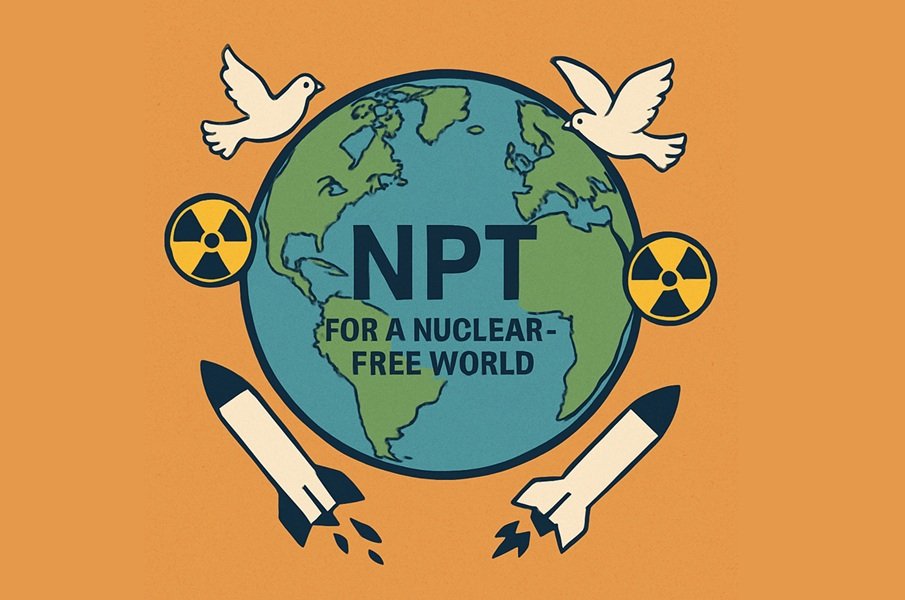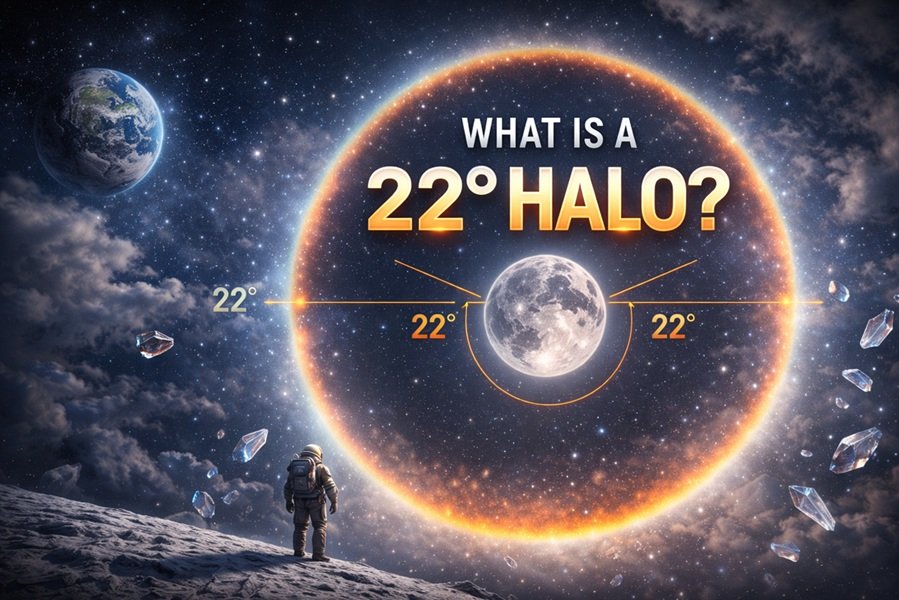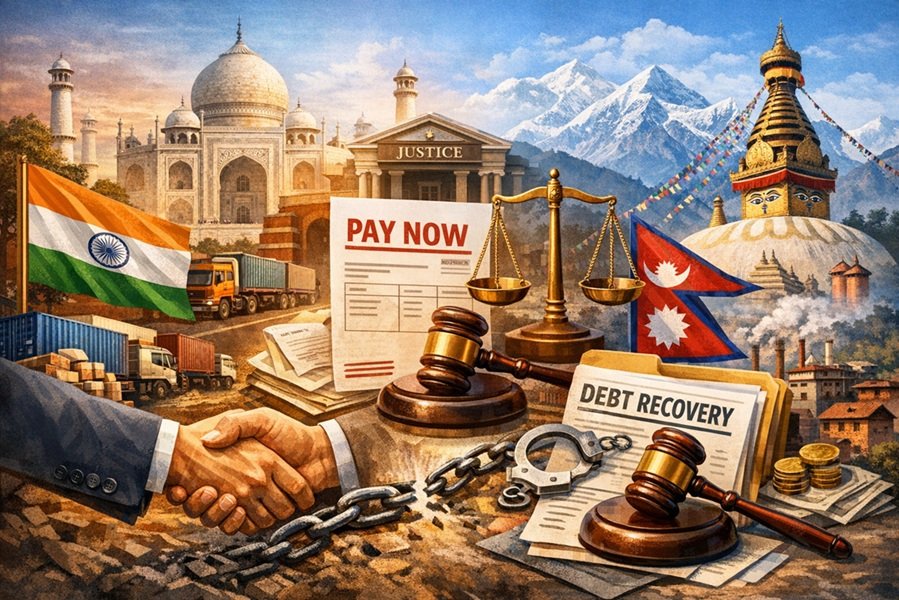
Introduction
The Nuclear Non-Proliferation Treaty (NPT) is one of the most important international agreements in the realm of global security and arms control. Established during the Cold War era, the NPT aims to prevent the spread of nuclear weapons and promote peaceful uses of nuclear energy while working towards global nuclear disarmament. As of today, it remains a cornerstone of global non-proliferation efforts and plays a critical role in maintaining international peace and security.
Read This: The USA-Russia Nuclear Pact: Collapse of Strategic Stability in a Multipolar World
Historical Background
The NPT was opened for signature on July 1, 1968, and came into force on March 5, 1970. It was negotiated under the auspices of the United Nations in response to growing international concerns about the proliferation of nuclear weapons and the potential for catastrophic global conflict.
The post-World War II era had already witnessed the devastating impact of nuclear weapons in Hiroshima and Nagasaki. The subsequent arms race between the United States and the Soviet Union during the Cold War raised alarms about the uncontrolled spread of nuclear technology. By the 1960s, more countries were gaining the technological capability to develop nuclear weapons, prompting the international community to act.
Objectives of the NPT
The NPT rests on three main pillars:
1. Non-Proliferation
Under this pillar:
- Nuclear-weapon states (NWS) agree not to transfer nuclear weapons or other nuclear explosive devices, or assist non-nuclear-weapon states (NNWS) in acquiring them.
- Non-nuclear-weapon states agree not to seek or develop nuclear weapons.
2. Disarmament
- The treaty commits all parties to pursue negotiations in good faith towards nuclear disarmament.
- This includes eventual elimination of nuclear arsenals under strict and effective international control.
3. Peaceful Use of Nuclear Energy
- The treaty promotes the right of all signatories to develop, research, and use nuclear energy for peaceful purposes.
- It encourages cooperation in the field of nuclear technology and energy, particularly for developing countries.
Nuclear-Weapon States Under the NPT
The NPT recognizes five countries as nuclear-weapon states:
- United States
- Russia (formerly the Soviet Union)
- United Kingdom
- France
- China
These countries had tested nuclear weapons before January 1, 1967, and are granted that status under the treaty. However, they are also obligated to disarm and not transfer nuclear weapons to others.
Countries Not in the NPT
There are a few significant holdouts from the treaty:
- India: Refused to join, arguing that the NPT creates a discriminatory system that allows some countries to retain nuclear weapons while denying others.
- Pakistan: Has not joined, citing regional security concerns and India’s nuclear capabilities.
- Israel: Neither confirms nor denies having nuclear weapons and has not signed the NPT.
- North Korea: Signed the NPT in 1985 but withdrew in 2003 and has since conducted multiple nuclear tests.
These countries are known or widely believed to possess nuclear weapons outside the NPT framework.
Structure and Legal Obligations
The NPT consists of 11 articles, laying out the obligations and rights of member states.
Key Legal Obligations:
- NWS must not aid NNWS in acquiring nuclear weapons.
- NNWS must accept safeguards and inspections by the International Atomic Energy Agency (IAEA).
- Parties must negotiate disarmament steps.
- Peaceful nuclear cooperation must not be used as a loophole for proliferation.
The Role of the IAEA
The International Atomic Energy Agency (IAEA) plays a central role in verifying compliance with the NPT.
Responsibilities include:
- Monitoring nuclear facilities.
- Conducting inspections to verify that nuclear material is not diverted to weapons programs.
- Assisting with the peaceful use of nuclear technology through technical cooperation.
Successes of the NPT
- Widespread Acceptance: With 191 signatories, the NPT is one of the most widely adopted treaties in the world.
- Limiting Proliferation: Only a handful of countries have acquired nuclear weapons since the treaty’s implementation.
- Promotion of Peaceful Nuclear Technology: Many countries, especially developing nations, have benefited from peaceful nuclear energy under IAEA safeguards.
- Verification Mechanism: The NPT created a robust system of inspections and verifications through the IAEA.
Criticism and Challenges
Despite its success, the NPT has faced significant criticism and challenges:
1. Disarmament Progress is Slow
Critics argue that the five recognized NWS have failed to make substantial progress toward disarmament, as required under Article VI.
2. Double Standards
The treaty is often seen as discriminatory, granting permanent nuclear privileges to a few countries while denying them to others.
3. Nuclear Proliferation Outside the NPT
The development of nuclear weapons by India, Pakistan, North Korea, and likely Israel, highlights the treaty’s limitations in preventing proliferation.
4. Withdrawal Loophole
Article X allows states to withdraw from the treaty. North Korea used this clause in 2003, sparking global concern.
NPT Review Conferences
Every five years, signatories meet for a Review Conference to assess the implementation of the treaty. These conferences are important forums for:
- Raising compliance concerns.
- Suggesting updates or improvements.
- Reaffirming political commitments.
However, many of these conferences have ended in deadlock due to geopolitical tensions and differing national interests.
Recent Developments
1. Tensions Among Major Powers
U.S.-Russia and U.S.-China tensions have complicated nuclear disarmament dialogues.
2. Modernization of Nuclear Arsenals
Despite calls for disarmament, many NWS are modernizing their nuclear arsenals, raising doubts about their commitment to the treaty.
3. Emergence of New Treaties
The Treaty on the Prohibition of Nuclear Weapons (TPNW), adopted in 2017 and entered into force in 2021, seeks to completely ban nuclear weapons. However, none of the NWS or major NPT stakeholders have joined it.
India’s Stand on the NPT
India has consistently refused to sign the NPT, arguing:
- The treaty is discriminatory.
- It divides the world into “nuclear haves and have-nots”.
- India supports universal nuclear disarmament but not the current NPT framework.
Despite not signing the NPT, India maintains a strong non-proliferation record, adheres to IAEA safeguards for its civilian nuclear program, and has a declared no-first-use nuclear policy.
Conclusion
The Nuclear Non-Proliferation Treaty remains a vital component of global arms control architecture. While it has achieved significant success in curbing widespread nuclear proliferation and promoting peaceful nuclear cooperation, its effectiveness is increasingly questioned in a changing geopolitical landscape. For the NPT to remain relevant and effective, member states—especially the nuclear-weapon states—must renew their commitments to disarmament and strengthen the treaty’s enforcement mechanisms.
Ultimately, global peace and security depend not just on treaties, but on trust, transparency, and the political will of nations to pursue a nuclear-free future.







